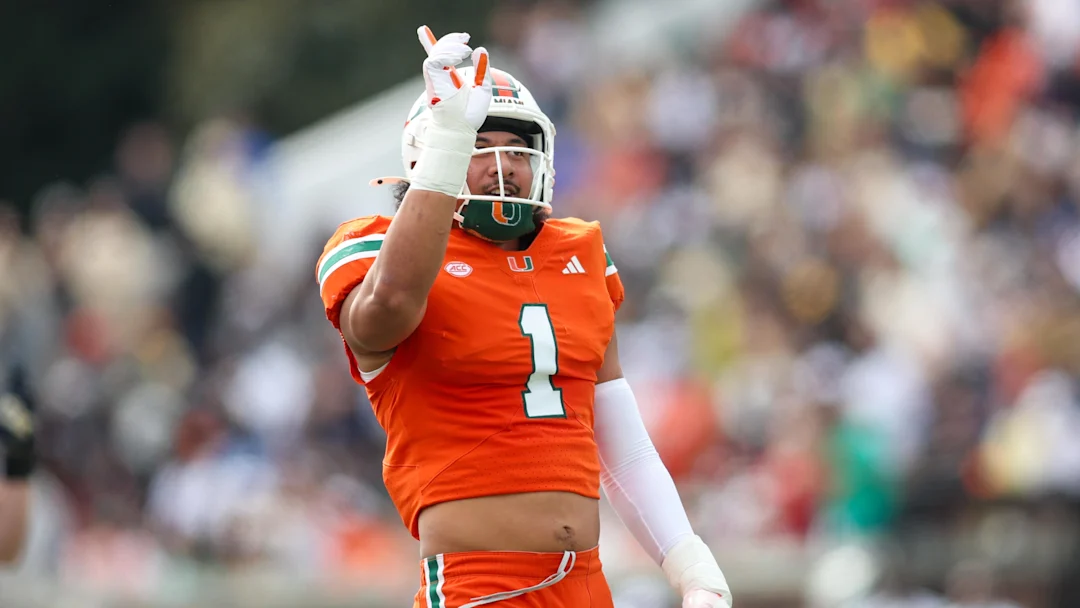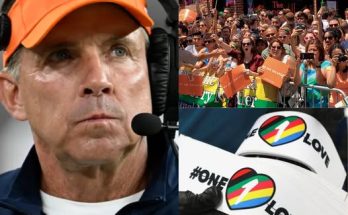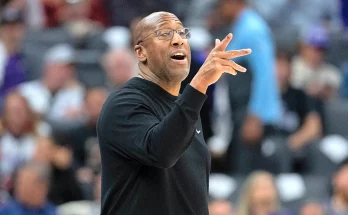The University of Miami has long been known as one of the most prolific pipelines of NFL talent, especially on the defensive side of the ball. From legends like Ray Lewis and Ed Reed to recent standouts like Jaelan Phillips and Greg Rousseau, the Hurricanes have consistently churned out defenders who make their mark on Sundays. The 2025 NFL Draft continued that tradition as a new crop of Miami defenders heard their names called. As the dust settles on draft weekend, the focus now shifts to the next chapter—earning snaps and climbing depth charts.
This year’s class doesn’t feature a top-10 headliner, but what it lacks in star power, it more than makes up for in gritty, versatile, and NFL-ready defenders poised to carve out early roles. NFL teams are constantly in search of players who can plug into rotational spots, contribute on special teams, or offer niche skill sets that fill gaps on a roster. For the latest Miami products, their roads to relevance will be determined not just by their talent, but by scheme fit, opportunity, and the unpredictable grind of training camp.
Take Kamren Kinchens, for example. Drafted in the third round by the Pittsburgh Steelers, Kinchens enters a franchise that prides itself on defensive toughness and secondary discipline. The Steelers didn’t necessarily have a glaring hole at safety, but they’ve grown increasingly reliant on three-safety looks and hybrid alignments. That plays into Kinchens’ wheelhouse. With his elite ball skills, instincts in zone coverage, and willingness to come downhill in run support, Kinchens profiles as a player who could thrive in nickel and dime packages from Day 1. Veteran Minkah Fitzpatrick remains entrenched as the leader of the secondary, but if Kinchens shows promise in camp, the coaching staff will find ways to get him on the field—especially on passing downs.
Another name to watch is Leonard Taylor III, the disruptive defensive tackle taken in the fourth round by the New Orleans Saints. At Miami, Taylor was a force when locked in, showing an impressive blend of power and quickness. Scouts were divided on his consistency and motor, but the tools are undeniable. New Orleans presents a compelling opportunity. The Saints are undergoing a quiet defensive transition, with aging veterans moving on and younger players needing to step up. Taylor doesn’t have to be an every-down starter right away, but he could be an ideal rotational piece on third downs. His ability to penetrate gaps and create interior pressure will earn him chances, especially if he comes into camp in shape and hungry.
Then there’s Te’Cory Couch, a versatile cornerback picked up as an undrafted free agent by the Seattle Seahawks. Though he didn’t get drafted, Couch lands in a system that could maximize his strengths. Seattle has always valued long corners who can play press coverage, but in recent years, they’ve incorporated more nickel and hybrid packages that rely on quick, agile defenders with solid instincts. Couch fits the bill as a player who can play inside in sub-packages or provide depth on the outside. His path to playing time might start with special teams, but given Seattle’s history of developing UDFAs into contributors, Couch may get a longer look than most expect.
Miami’s rookie defenders will also benefit from the lessons learned in one of college football’s most competitive environments. While the program has seen its share of ups and downs in recent years, Miami defenders still enter the league with a swagger, toughness, and preparation that coaches respect. The NFL transition isn’t just about talent; it’s about adjusting to the speed of the game, mastering a new playbook, and earning trust. That’s where the intangibles—the ones honed at The U—start to matter.
One intriguing case is James Williams, the 6-foot-5 hybrid safety-linebacker who slipped to the sixth round before being scooped up by the New York Jets. Some scouts weren’t sure what position he fits best at the next level, but Jets head coach Robert Saleh is known for his creative use of defensive personnel. Williams may not be a traditional safety or linebacker, but he’s a matchup weapon who could thrive in specific game plans—guarding tight ends, playing in the box on early downs, or even rushing the passer. The Jets’ defense is deep, but if Williams shows he can fill a unique role, he could become a chess piece used situationally.
The key for all of Miami’s defensive rookies is adaptability. NFL coaches want players who can take coaching, execute assignments, and step into roles without disrupting the unit’s cohesion. Rookies who show early maturity, football IQ, and special teams value are the ones who stick—and often, those are the players from programs like Miami. They’ve been through the fire, played on big stages, and know what it takes to rise through the ranks.
It also helps that the Hurricanes’ rookies enter the league with a built-in support system. There are dozens of former Canes currently in the NFL, and many of them take pride in mentoring the next generation. Whether it’s connecting with former teammates, leaning on veterans during offseason workouts, or attending Miami alumni events in the pros, these rookies won’t be alone on their journey. That culture—one that spans decades—often provides the encouragement and perspective needed to push through the rookie wall.
Still, the margin for error is razor thin. NFL training camps are brutal gauntlets of competition, and for players drafted outside the first two rounds—or signed as UDFAs—there are no guarantees. One missed assignment, one mental error, one ill-timed injury can derail a rookie’s bid to make the 53-man roster. But if there’s a common thread among this year’s Hurricanes defenders, it’s resilience. They’ve been doubted, questioned, and scrutinized. And now, they’re ready to prove they belong.
Coaches and general managers often say that the jump from college to the NFL is most manageable when a player has already faced adversity. For Kam Kinchens, that adversity came in the form of tough ACC matchups, a demanding role in Miami’s scheme, and learning to balance aggressive instincts with discipline. For Leonard Taylor, it was battling through inconsistent playing time and scrutiny from NFL evaluators. For James Williams, it was enduring questions about his position fit and handling the pressure of high expectations. Each of them has something to prove. And they’ll get their chance.
It’s also worth noting that the modern NFL rewards specialization more than ever. Gone are the days when only starters mattered. Teams now carry situational pass rushers, nickel backs, third-down linebackers, and goal-line run-stuffers. That reality bodes well for players like Taylor, who can flash on third down, and Williams, who can be used in hybrid alignments. Even Kinchens, who may not start immediately, can find a niche as a ball-hawking free safety in certain coverage looks.
As the offseason progresses, all eyes will be on rookie minicamps, OTAs, and eventually preseason games. That’s where players like Te’Cory Couch will need to shine. With every rep, every meeting, and every special teams drill, they’re building a case not just to make the roster—but to stick around long enough to contribute. It’s a grind. It’s unforgiving. But it’s also the dream.
The Miami Hurricanes are sending another group of defenders to the NFL stage, and while none are guaranteed stars just yet, history suggests at least one will break through. Whether it’s Kinchens locking down a deep third in Pittsburgh, Taylor breaking through the Saints’ line for a game-changing sack, or Williams taking away a red zone fade route in New York, these rookies carry with them the weight—and pride—of The U.
And if past generations are any indication, they won’t just survive. They’ll thrive. Because the U isn’t just a school. It’s a standard.


